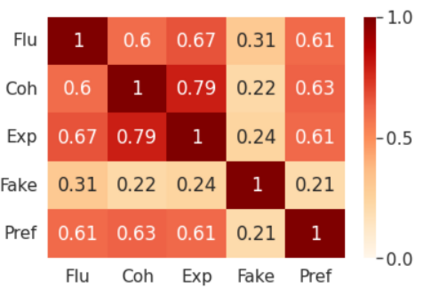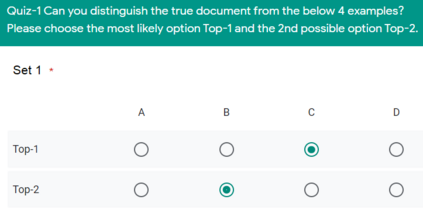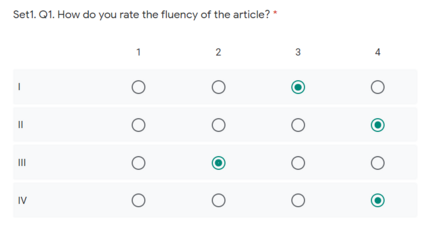Recent works in cyber deception study how to deter malicious intrusion by generating multiple fake versions of a critical document to impose costs on adversaries who need to identify the correct information. However, existing approaches are context-agnostic, resulting in sub-optimal and unvaried outputs. We propose a novel context-aware model, Fake Document Infilling (FDI), by converting the problem to a controllable mask-then-infill procedure. FDI masks important concepts of varied lengths in the document, then infills a realistic but fake alternative considering both the previous and future contexts. We conduct comprehensive evaluations on technical documents and news stories. Results show that FDI outperforms the baselines in generating highly believable fakes with moderate modification to protect critical information and deceive adversaries.
翻译:最近的网络欺骗研究研究如何通过生成多种伪造的关键文件版本来阻止恶意入侵,从而对需要识别正确信息的对手造成成本;然而,现有办法具有背景不可知性,导致非最佳和无变产出;我们提议将问题转化为可控的蒙面后填充程序,从而提出新的背景意识模型,即假文件填充(FDI)。外国直接投资掩盖了文件中不同长度的重要概念,然后填充了一个现实但假冒的替代文件,同时考虑到过去和将来的情况。我们对技术文件和新闻报道进行全面评价。结果显示,FDI在生成高度可信赖的假文件方面超过了基线,在保护关键信息和欺骗对手方面作了适度的修改。









